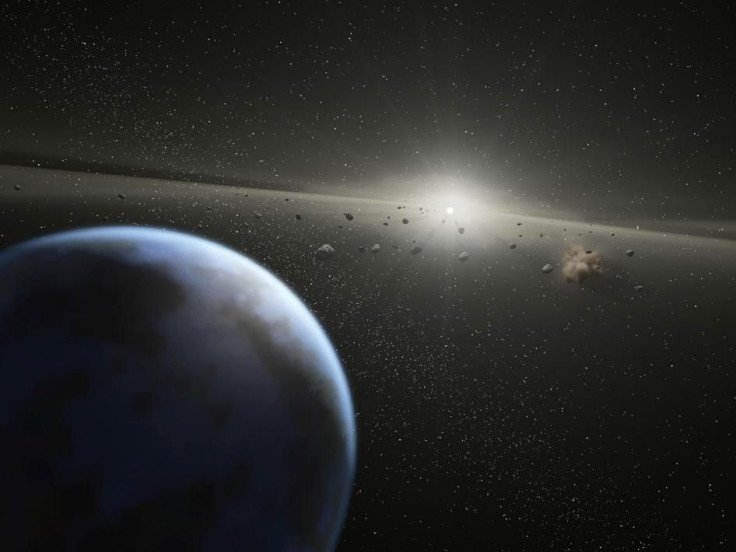Asteroid Alert: NASA Spots 3 Near-Earth Objects Approaching Tomorrow

KEY POINTS
- NASA spotted three asteroids currently approaching Earth
- The asteroids follow Earth-crossing orbits
- All three asteroids could cause powerful airbursts
NASA’s asteroid tracking system has detected three near-Earth objects that are expected to approach the planet tomorrow. According to the agency’s Center for Near-Earth Object Studies (CNEOS), the approaching asteroids all have Earth-crossing orbits.
The first asteroid that will visit Earth’s vicinity is called 2020 CG2. As indicated in CNEOS’ database, this asteroid is currently traveling across space toward Earth at a speed of over 19,000 miles per hour. It has an estimated diameter of around 256 feet.
Closely following 2020 CG2 is an asteroid known as 2020 CK1. This space rock measures about 95 feet wide and is flying at an average speed of 18,000 miles per hour.
The third asteroid that will fly past Earth tomorrow has been identified as 2018 CW2. According to CNEOS, this asteroid is approaching Earth at a velocity of almost 23,000 miles per hour. The agency estimated that it has a diameter of about 150 feet.
2020 CG2 and 2020 CK1 are members of the Apollo family of asteroids while 2018 CW2 is an Aten. Although they were classified differently, all three asteroids follow Earth-crossing orbits. This means that from time to time, they intersect Earth’s path as it makes its way around the Sun.
Since these asteroids are known to cross Earth’s trajectory, this means there’s a chance that they might collide with the planet in the future. However, due to their sizes and speed, these asteroids most likely won’t cause a major impact event on the ground.
Instead, these three asteroids would probably burn up in the atmosphere and cause powerful explosions in the sky. These airbursts could be powerful enough to cause significant structural damages to buildings on the ground.
According to CNEOS, 2020 CG2 is expected to intersect Earth’s path on Feb. 17 at 3:19 a.m. EST. During this time, the asteroid will fly past the planet from a distance of 0.00577 astronomical units or roughly 536,000 miles away.
2020 CK1, on the other hand, will approach Earth on Feb. 17 at 10:42 a.m. EST from a distance of about 0.02203 astronomical units, which is equivalent to around 2 million miles.
As for 2018 CW2, this asteroid will reach its closest distance to Earth on Feb. 17 at 12:39 p.m. EST. It will be about 0.01615 astronomical units or roughly 1.5 million miles from Earth’s center during its approach.
© Copyright IBTimes 2025. All rights reserved.




















